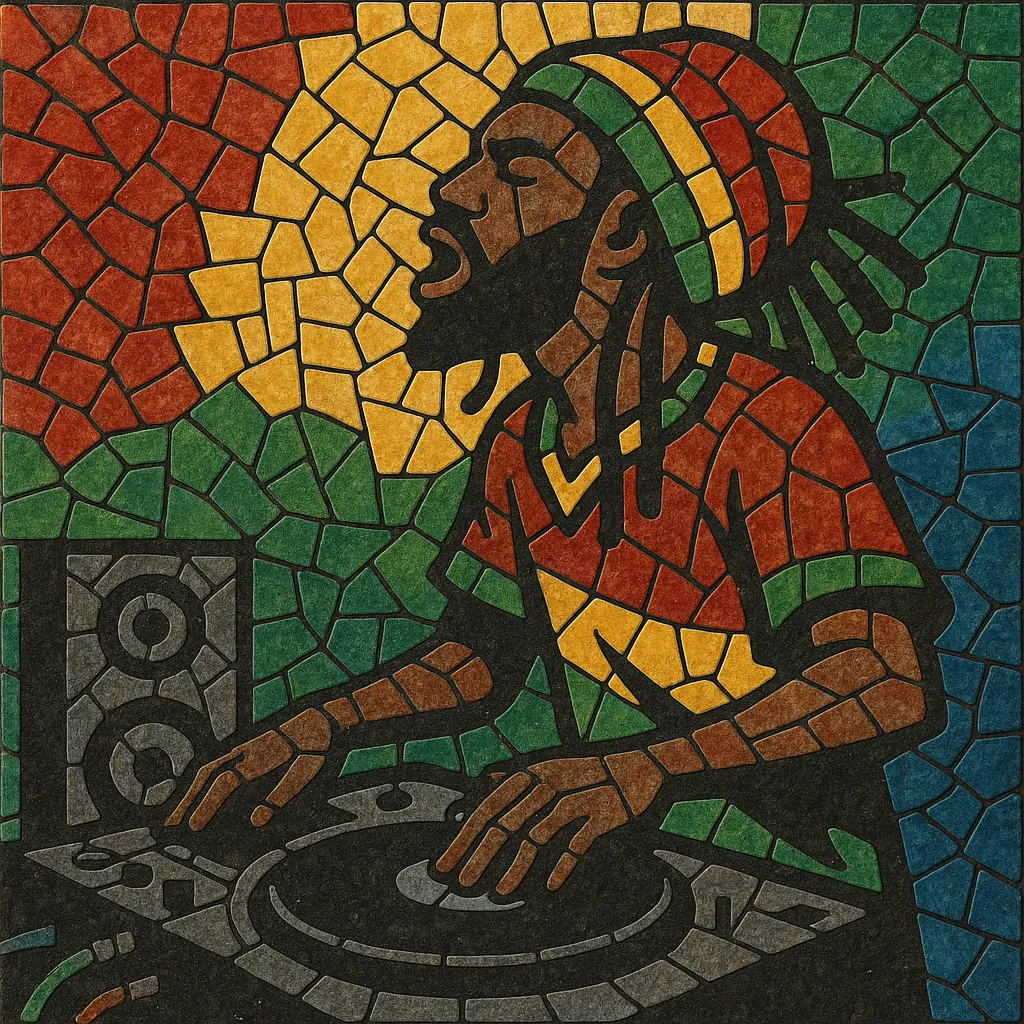Raggatek (sometimes written as ragga tek or ragga tekno) is a high‑energy fusion of French hardtek/tekno and Jamaican ragga/dancehall vocals.
It keeps the 4‑on‑the‑floor drive, distorted kicks, and relentless tempo of free‑party hardtek while sampling, chopping, or featuring live toasts inspired by reggae, ragga, and dancehall MC culture.
Typical tempos range from about 170 to 190 BPM. The aesthetic comes from European sound system and teknival culture, with a party‑starting, rave‑oriented approach that foregrounds call‑and‑response vocals, off‑beat skank stabs, and gritty, overdriven sound design.
The result is a style that is both aggressively percussive and unabashedly catchy, designed for peak‑time dance floors in warehouses, fields, and festivals.
Raggatek emerged in the European free‑party and teknival scenes—most prominently in France—when hardtek/tekno producers began folding in ragga and dancehall influences. The practice of toasting over pounding 4×4 kicks drew on Jamaican sound system traditions while staying rooted in the DIY, warehouse‑and‑fields ethos of the French tekno underground.
By the late 2000s, the aesthetic had cohered: very fast (≈170–190 BPM) distorted hardtek rhythms, reggae‑derived off‑beat skanks, and chopped ragga vocals became recognizable hallmarks. Labels, netlabels, and sound systems circulated white labels and digital EPs, helping the tag “raggatek” stick within party flyers, forums, and record bins.
Throughout the 2010s, raggatek spread across Europe and the UK via festivals and touring sound systems. Producers connected to French hardtek, Bristol’s sound system culture, and the broader tekno network pushed the sound on vinyl and Bandcamp/Netlabel releases. Compilation series and crew‑driven events helped standardize the style’s production tropes and dance‑floor function.
Raggatek remains a staple at teknivals and free‑party circuits, with crossover into club and festival stages. While still underground, it has a codified toolkit—distorted 4×4 kicks, syncopated skanks, rapid fills, and ragga vocals—used by DJs and live acts to deliver peak‑time, high‑octane sets.


